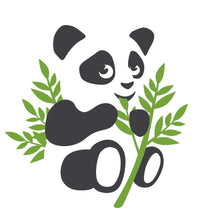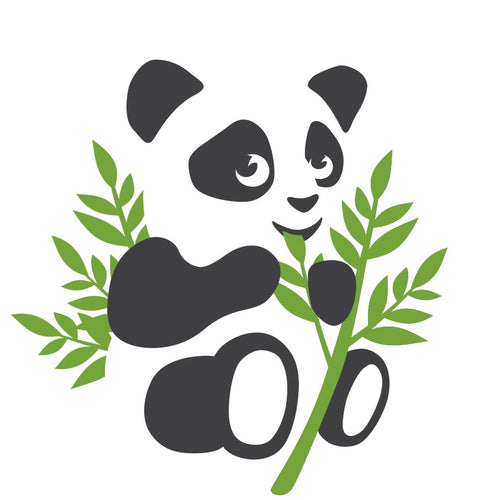Material We Use
At Earth Baby Outfitters, we believe in protecting our babies from toxic chemicals, unsafe dyes, and low-quality materials. That's why we pledge to use only heavy metal free, AZO-free dyes in our products. We use only the best fabrics, certified by GOTS, USDA, and OEKO-TEX® 100 and all our products are 100% BPA-free and food-grade silicone.
Our Certifications:
GOTS (Global Organic Textile Standard): ensuring the use of the world's leading textile processing standard for organic fibers to guarantee the organic status of our organic cotton fabric.
Oeko-Tex Standard 100 certification: striving to ensure that our products and production methods are safe for both people and the planet.
OCIA International: making sure that farmers and processors follow organic standards, such as avoiding chemical fertilizers and pesticides, and getting inspected every year.
US National Organic Program (USDA): committed to ensuring that our producers adhere to the highest material quality standards and the USDA organic regulations.
CPSIA certification: committed to providing you with the highest quality fabrics and clothing that are free of toxins and exceed CPSC regulatory requirements for durability.







